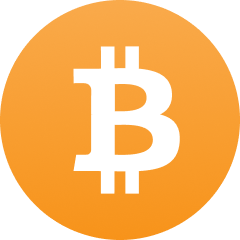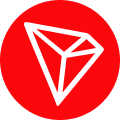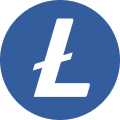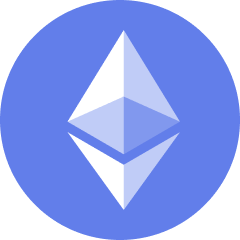| Date Comparison | ||
|---|---|---|
| Today |
€ 0.25
|
+100.00%
|
| 30 Days |
€ 0.00
|
+100.00%
|
| 60 Days |
€ 0.00
|
+100.00%
|
| 90 Days |
€ 0.00
|
+100.00%
|
MATIC is the native cryptocurrency of the Polygon network, a leading layer-2 scaling solution designed to enhance the performance, scalability, and usability of the Ethereum blockchain. Launched in 2017, Polygon was initially known as Matic Network but rebranded in 2021 to reflect its expanded functionality. The primary goal of Polygon is to address Ethereum's limitations, such as high transaction fees and slow processing times, which can hinder the adoption of decentralized applications (dApps).
Polygon achieves this by providing a framework that enables developers to create and connect Ethereum-compatible blockchains, facilitating interoperability and improving overall network efficiency. The MATIC token plays a vital role within this ecosystem, as it is used to pay for transaction fees, stake in the network for security and rewards, and participate in governance decisions. With its focus on enhancing Ethereum's capabilities, Polygon has become a popular choice for developers and users alike, supporting a growing ecosystem of dApps, DeFi projects, and NFT marketplaces.






















